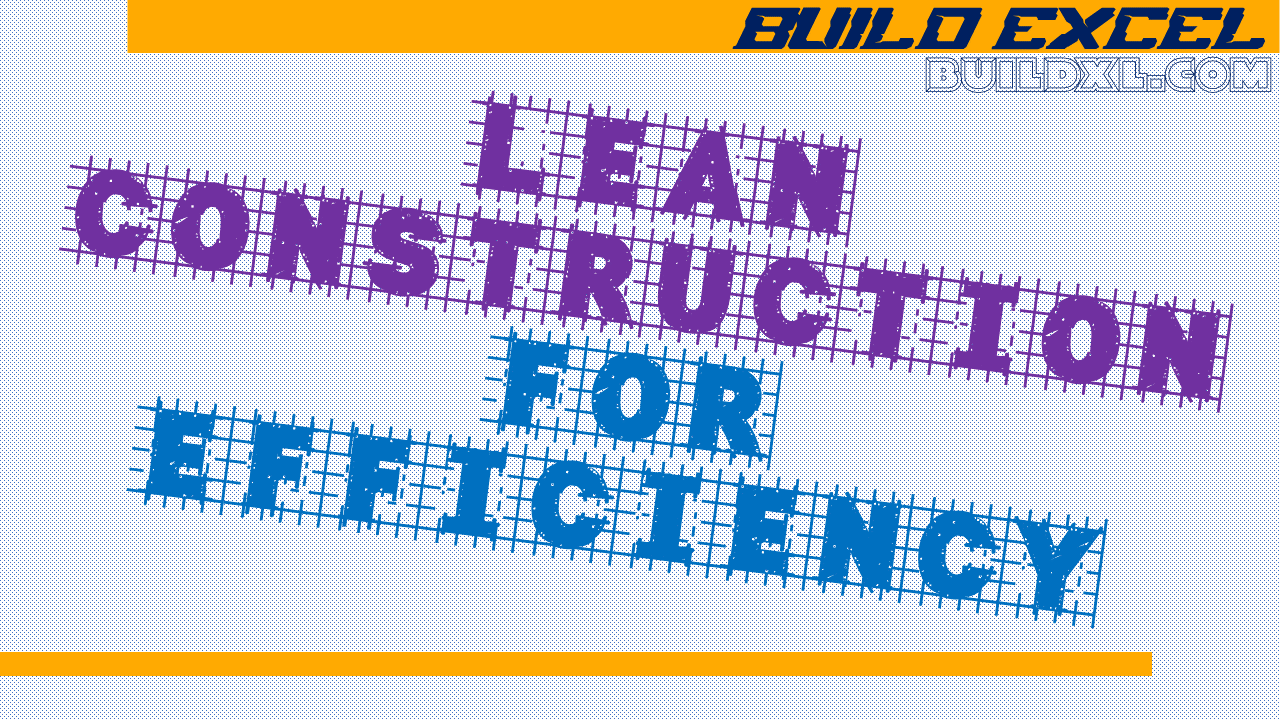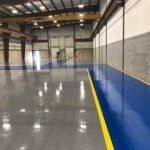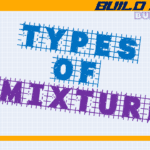In the ever-evolving world of construction, lean construction techniques are proving indispensable for achieving efficiency and reducing waste. By focusing on streamlining processes and eliminating unnecessary steps, lean construction techniques enhance productivity and drive significant cost savings. This approach involves a range of core strategies and practices designed to optimize construction workflows, from detailed planning to effective project execution.
Overview
Understanding lean construction begins with recognizing its fundamental principles, which include minimizing waste, maximizing value, and fostering continuous improvement. Implementing these techniques requires a deep dive into core strategies such as value stream mapping and just-in-time delivery. While the benefits are substantial—ranging from reduced project timelines to improved quality—challenges such as resistance to change and initial implementation costs must be addressed.
Understanding Lean Construction
Lean Construction is a project management philosophy that focuses on minimizing waste while maximizing value. Unlike traditional construction methods, Lean Construction prioritizes efficiency, collaboration, and continuous improvement throughout the entire project lifecycle. By streamlining processes and enhancing communication, Lean techniques reduce costs, save time, and improve overall project quality. This approach emphasizes the importance of planning, coordination, and the active involvement of all stakeholders. As a construction professional, I have seen firsthand how implementing Lean principles leads to more predictable outcomes and a more efficient workflow. Moreover, understanding Lean Construction is crucial for adapting to the modern demands of the construction industry. It not only improves the project’s bottom line but also fosters a culture of continuous improvement, benefiting both the project team and the client in the long run.
Benefits of Lean Construction Techniques
Implementing Lean Construction techniques offers significant benefits to construction projects by enhancing efficiency and reducing waste. Lean principles focus on streamlining processes, which leads to faster project delivery and lower costs. From my experience, applying Lean methods improves communication among stakeholders, ensuring everyone is aligned with the project goals. This approach reduces errors and rework, ultimately saving time and resources. Additionally, Lean Construction enhances safety on the job site by promoting better planning and organization. The focus on continuous improvement means that each project becomes an opportunity to refine processes further. In the long run, Lean techniques boost overall project quality, client satisfaction, and profitability. Understanding and applying these methods can transform the way construction projects are managed, making them more predictable and successful.
Core Lean Techniques in Construction
Lean construction techniques focus on maximizing value by reducing waste and inefficiencies throughout the construction process. One core technique is Just-In-Time (JIT) delivery, ensuring materials arrive exactly when needed, reducing storage costs, and minimizing excess inventory. Another key method is Continuous Improvement (Kaizen), where teams regularly assess and refine processes for better outcomes. Value Stream Mapping is also crucial, identifying all activities in a project to pinpoint and eliminate non-value-adding steps. Additionally, Pull Planning enhances workflow by coordinating tasks based on actual demand rather than forecasts, leading to smoother project execution. These lean principles not only streamline operations but also foster a culture of collaboration and proactive problem-solving, ultimately delivering higher quality outcomes in construction projects.
Steps to Implement Lean Construction
Implementing lean construction techniques requires a structured approach to maximize efficiency and reduce waste. Begin by fostering a lean culture, where everyone on the team understands and embraces lean principles. Next, conduct a thorough value stream mapping to identify inefficiencies and waste in current processes. From there, implement Just-In-Time (JIT) delivery systems to streamline material flow and reduce excess inventory. Engage in continuous improvement (Kaizen) by regularly reviewing and refining processes. Additionally, establish pull planning sessions to synchronize tasks with actual project demand. Throughout this process, maintain open communication and collaboration across all stakeholders to ensure smooth adoption. By systematically following these steps, you can effectively implement lean construction techniques, enhancing project outcomes and overall efficiency.
Challenges in Implementing Lean Construction
Implementing lean construction techniques presents several challenges that require careful planning and perseverance. One significant challenge is overcoming resistance to change, as team members may be accustomed to traditional methods. Additionally, aligning all stakeholders with lean principles can prove difficult, especially when dealing with subcontractors who may not be familiar with these approaches. The complexity of integrating lean techniques with existing processes and systems often creates further obstacles. Moreover, the initial investment in training and process restructuring can be substantial, which might deter some companies from fully committing to lean implementation. Despite these challenges, with strong leadership, continuous education, and a commitment to improvement, the benefits of lean construction can be realized, leading to more efficient, waste-reducing project management.
Case Studies: Successful Implementation of Lean Construction
Examining case studies of successful lean construction implementation reveals impactful results and valuable lessons. For instance, a major commercial construction project reduced lead times by 30% using Just-In-Time (JIT) delivery and streamlined processes. Another case demonstrated significant cost savings and improved project timelines through effective value stream mapping and continuous improvement (Kaizen). These examples illustrate how lean principles can transform construction projects, leading to enhanced efficiency and reduced waste. By analyzing these successful implementations, companies can gain insights into practical strategies and best practices for applying lean construction techniques effectively.
Best Practices for Sustaining Lean Construction
To sustain lean construction practices effectively, focus on continuous improvement and staff engagement. Regular training ensures that team members remain adept at lean techniques, fostering a culture of efficiency. Implementing robust feedback loops helps in identifying and addressing issues promptly. Additionally, integrating lean principles into daily workflows encourages ongoing commitment and adaptation. Leveraging lean metrics and performance indicators can track progress and highlight areas for improvement. Regularly reviewing processes and celebrating successes also reinforces the benefits of lean construction. By maintaining these best practices, construction projects can continue to achieve significant efficiencies and cost savings over time.
Future Trends in Lean Construction
Future trends in lean construction will likely emphasize advanced technology integration and data-driven decision-making. Innovations such as AI and machine learning will enhance process optimization and predictive analytics, driving efficiency. The use of augmented reality (AR) and virtual reality (VR) will improve project visualization and coordination. Additionally, the focus will shift towards more sustainable practices, incorporating green building techniques into lean methodologies. Collaborative platforms and real-time data sharing will further streamline workflows and reduce waste. By embracing these trends, the construction industry can continue to refine lean practices, achieving even greater operational excellence and cost savings.
Conclusion
Future trends in lean construction will likely emphasize advanced technology integration and data-driven decision-making. Innovations such as AI and machine learning will enhance process optimization and predictive analytics, driving efficiency. The use of augmented reality (AR) and virtual reality (VR) will improve project visualization and coordination. Additionally, the focus will shift towards more sustainable practices, incorporating green building techniques into lean methodologies. Collaborative platforms and real-time data sharing will further streamline workflows and reduce waste. By embracing these trends, the construction industry can continue to refine lean practices, achieving even greater operational excellence and cost savings.








Leave a Reply